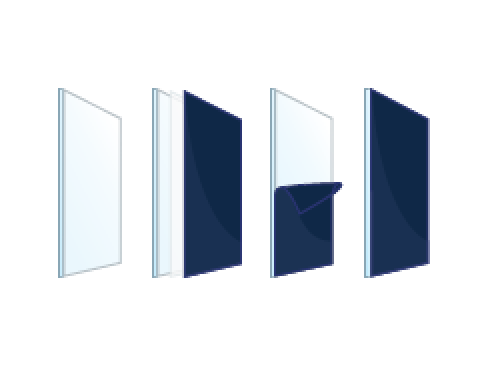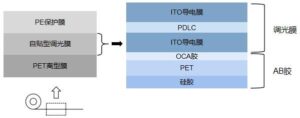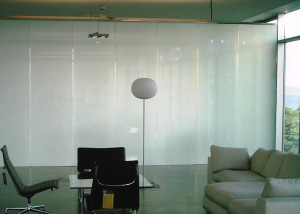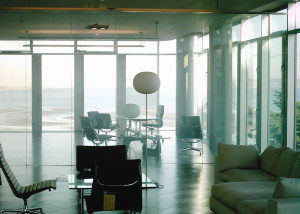Self-adhesive PDLC smart film represents a revolutionary advancement in smart glass technology, combining advanced materials science with practical applications. This innovative solution transforms existing glass surfaces into dynamic privacy solutions with unprecedented ease of installation.
The core technology consists of three primary layers: conductive ITO films, a liquid crystal polymer matrix, and an optical-grade adhesive layer. These components work together to create an electro-responsive system that switches between transparent and opaque states when energized. Modern implementations boast impressive technical specifications, including ultra-low haze ratings of approximately 2.8%, minimal power consumption of 1-3 watts per square meter, and remarkably fast switching speeds of just 0.1 seconds. One of the most significant advantages of this technology lies in its sophisticated control systems. The film integrates seamlessly with modern smart technologies, offering WiFi, Bluetooth, and RF connectivity options. Users can control transparency levels through various interfaces, including voice commands and smart home automation systems. Additionally, the technology provides substantial environmental benefits, blocking over 98% of UV radiation and reducing solar heat gain, which can lead to significant energy savings through reduced HVAC costs. The self-adhesive nature of the film revolutionizes the installation process, eliminating the need for major construction modifications. Unlike traditional smart glass installations, this solution can be applied directly to existing glass surfaces using a straightforward peel-and-stick application process. This simplicity makes it particularly suitable for retrofitting projects, allowing businesses and homeowners to upgrade their spaces without extensive renovation. The film is also remarkably versatile, capable of being applied to curved surfaces and partial areas of glass, offering unprecedented flexibility in design applications. The technology finds diverse applications across various sectors, transforming spaces in commercial offices, healthcare facilities, residential settings, retail environments, and hospitality venues. Its ability to instantly switch between transparent and opaque states creates multifunctional spaces, enhancing both privacy and natural light utilization. Whether used in conference rooms, patient rooms, or residential windows, the film provides instant privacy control while maintaining architectural aesthetics.
Recent innovations continue to expand the technology’s capabilities, with developments including outdoor-compatible variants, custom laser-cut patterns, enhanced solar control functionality, and improved durability coatings. The integration with building management systems further enhances its utility, positioning it as a key component in modern smart building design. This continuous evolution demonstrates the technology’s growing importance in contemporary architecture and interior design, offering solutions that combine cutting-edge materials science with practical applications.




